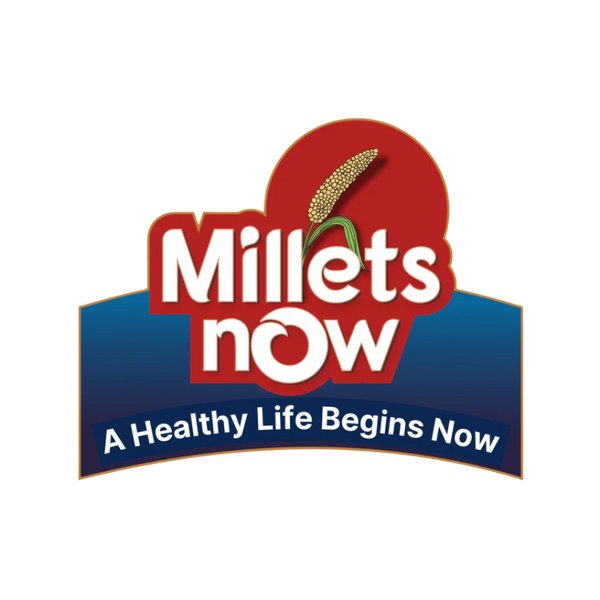Introduction: The Forgotten Grain Making a Comeback
Once considered “poor man’s food,” millets are now being rebranded as superfoods for the smart and health-conscious urban consumer. As concerns about health, sustainability, and food diversity rise in India's metro and tier-1 cities, millets are finding their place back on urban plates.
Yet, the challenge remains — how do we build greater awareness and stronger market demand for millets among city dwellers?
💡 Why Urban India Needs Millets
- Rising lifestyle diseases like diabetes, obesity, and heart disease
- Gluten-free, vegan diets are gaining traction
- Consumers demand clean-label, locally sourced, and sustainable food
- Millets are climate-resilient crops, supporting eco-conscious living
📣 Current Marketing Trends
-
Health-Focused Branding
Brands are positioning millets as high-fiber, low-GI, diabetic-friendly superfoods, especially attractive to millennials and Gen Z. -
Modern Packaging & Convenience
Millet cookies, energy bars, pasta, noodles, breakfast cereals, and ready-to-cook mixes make it easier for urbanites to consume millets without changing habits drastically. -
Influencer Collaborations & Social Media Campaigns
Instagram reels, YouTube recipe channels, and food influencers are popularizing millet-based dishes through attractive, aspirational content. -
Retail Placement in Premium Stores
Millet-based products are increasingly seen in shelves of Urban Platter, Nature’s Basket, BigBasket, and organic food chains.
📊 Challenges in Urban Millet Marketing
- Low awareness about different types of millets (e.g., foxtail, kodo, barnyard, little millet)
- Perception of taste and difficulty in cooking
- Lack of standardization in quality, labeling, and recipes
- Pricing concerns — some millet products are priced higher due to limited supply chains
🛒 Strategies for Awareness & Adoption
-
Cooking Demonstrations & Millet Cafés
Host millet-based food festivals, pop-ups, and workshops in malls, schools, and workplaces to let people taste and learn. -
Urban Millet Ambassadors
Collaborate with chefs, nutritionists, and local influencers to talk about the health and sustainability aspects of millets. -
Public Campaigns by Municipal Corporations
City authorities and state agriculture departments can promote millets in midday meals, hospitals, and canteens. -
Farmer-to-Table Stories
Build brand narratives that connect urban consumers with rural millet farmers, supporting FPOs and SHGs. -
Apps and QR Codes
Innovative millet brands are using QR codes for recipe suggestions, nutrition info, and sustainability stories to make learning interactive.
🌱 Real-World Examples
- Delhi & Mumbai have seen millet-themed cafes and restaurants offering ragi dosa, bajra risotto, and jowar tacos.
- Hyderabad’s Millet Mart and Bengaluru’s Organic Mandis are thriving with urban demand.
- E-commerce platforms like Amazon, Flipkart, and BigBasket feature millet sections with high traction in metro cities.
🧠 Conclusion: The Urban Millet Movement
Millets have the potential to be more than a niche trend. With the right awareness campaigns, attractive product offerings, and sustainable branding, millets can become a staple of the modern Indian urban diet — healthy for people and the planet.
The future lies in local grains with global appeal — and millets are leading the way.

